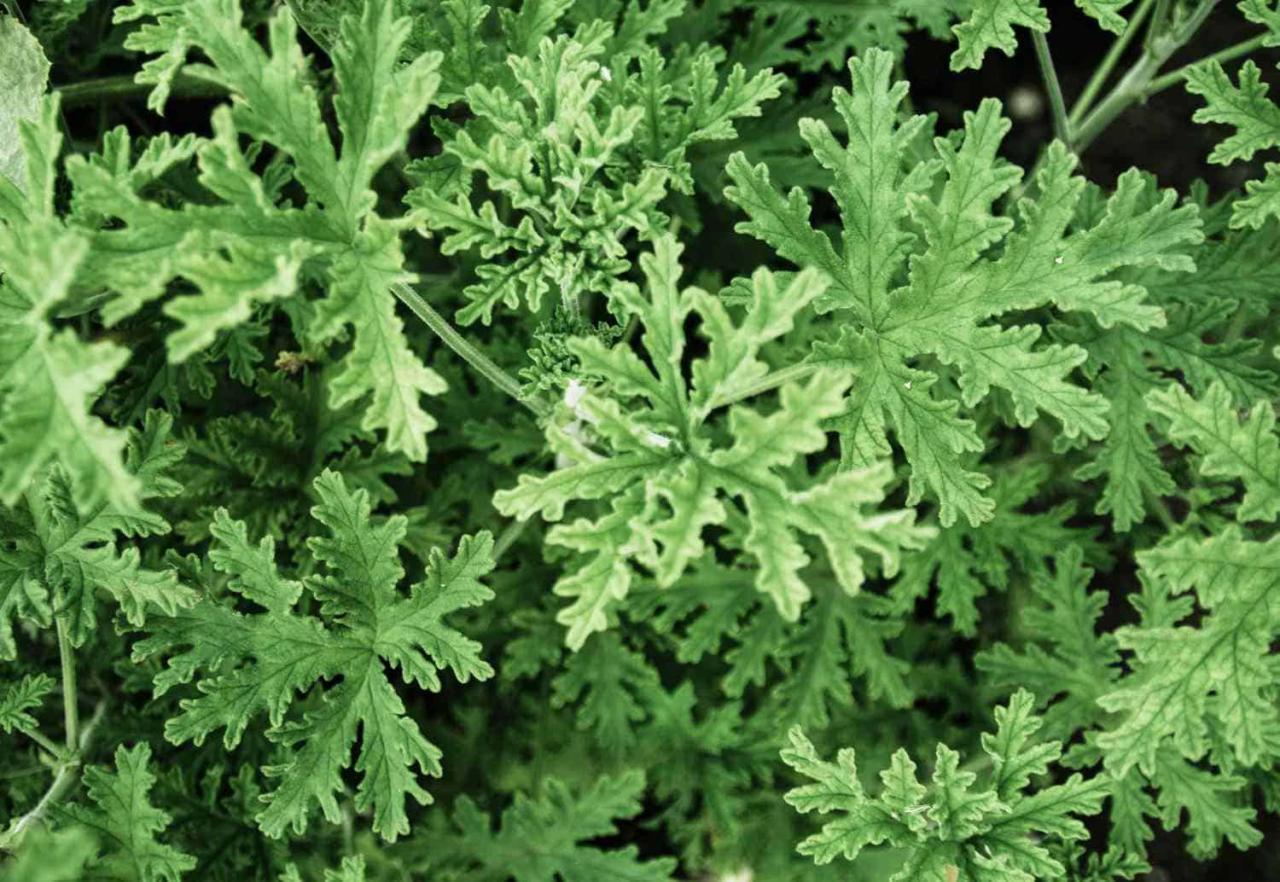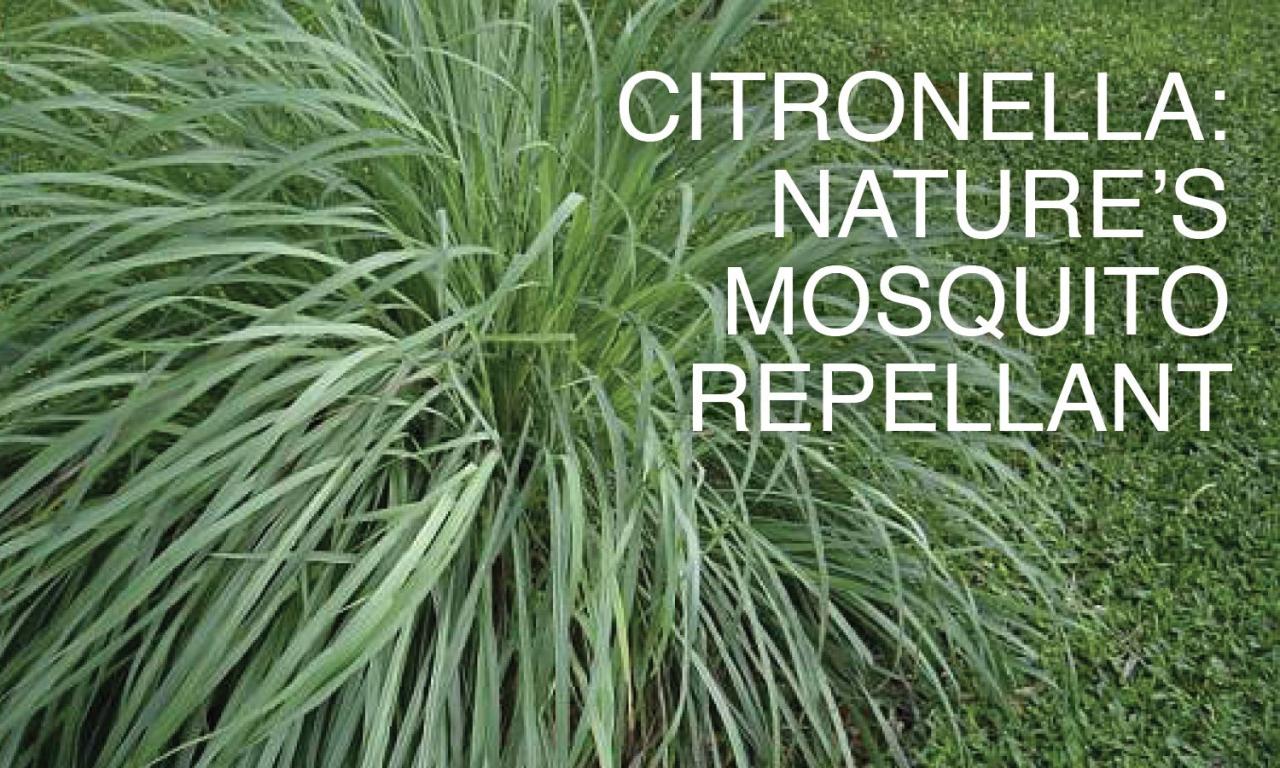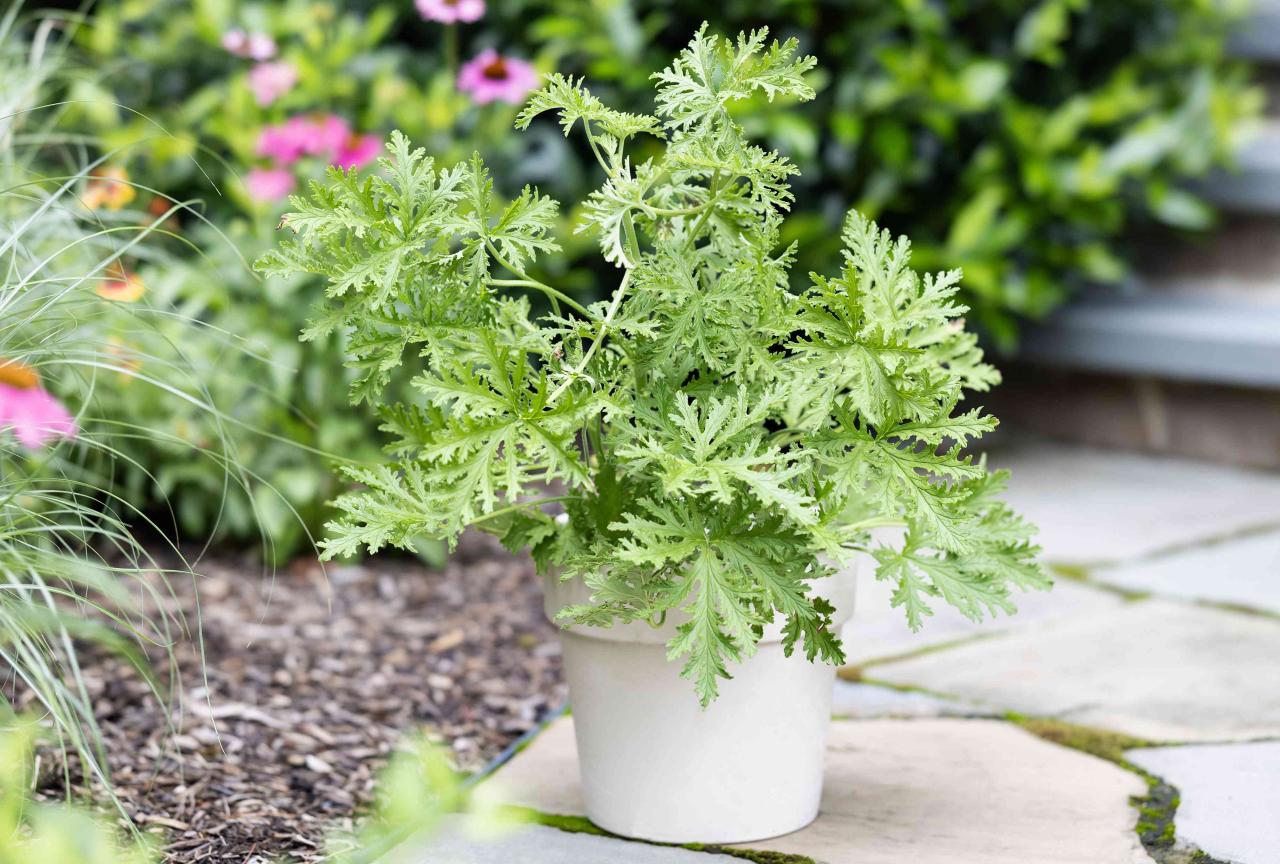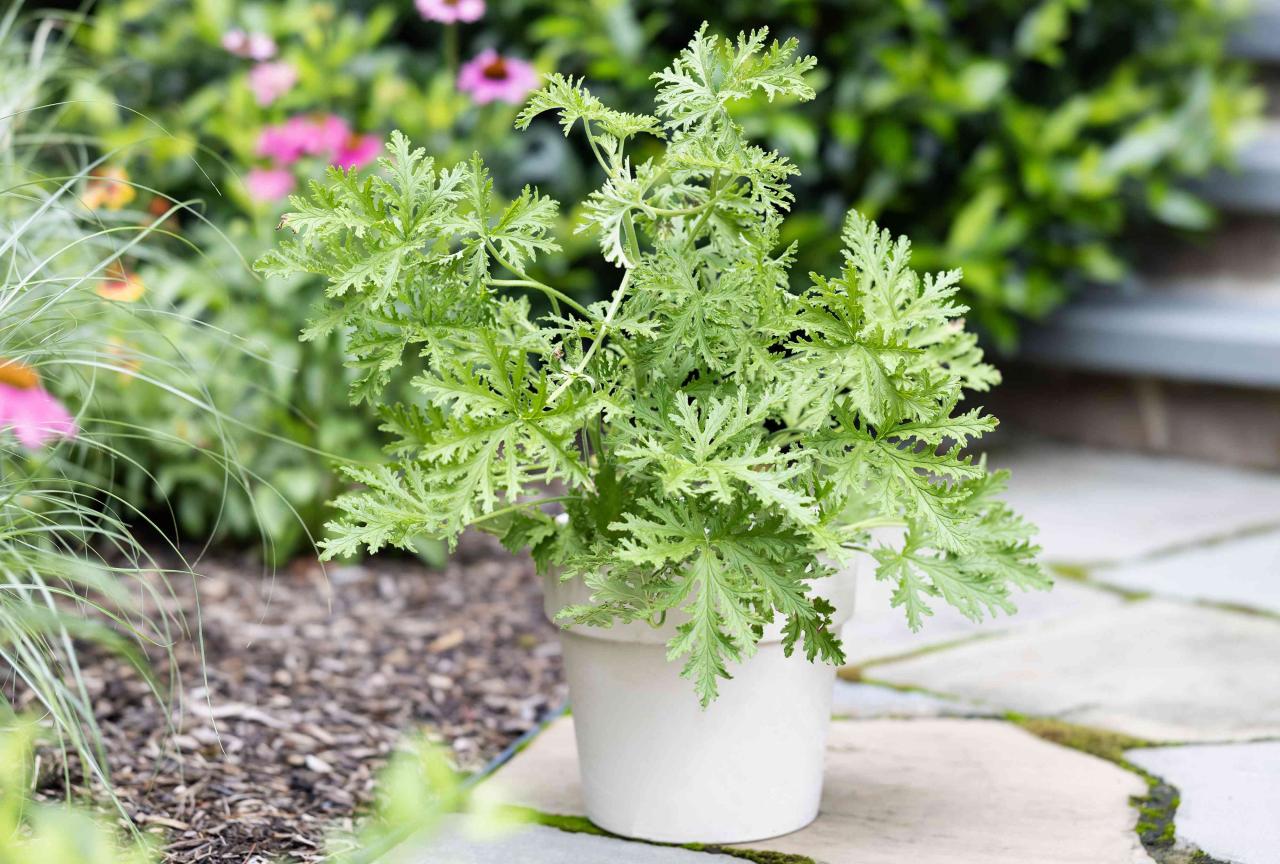Citronella Plant Magic: Essential Tips for Growing and Using This Powerful Herb – The citronella plant, scientifically known as Cymbopogon nardus, is a fragrant herb with a rich history and numerous uses. Its distinctive lemony scent has been prized for centuries, both for its pleasant aroma and its natural insect-repelling properties.
From traditional medicine to modern aromatherapy, citronella has earned a reputation as a versatile and valuable plant. In this guide, we’ll delve into the magic of citronella, exploring its cultivation, essential oil extraction, and diverse applications.
Cultivating citronella is surprisingly easy, making it an ideal choice for home gardeners looking to add a touch of natural beauty and insect-repelling power to their landscapes. With the right care, you can enjoy the benefits of this remarkable plant year-round.
Introduction to Citronella Plant

The citronella plant, scientifically known asCymbopogon nardus*, is a fragrant grass native to Southeast Asia. It is renowned for its distinctive lemony-citrus scent, which has made it a popular ingredient in various applications, from traditional medicine to modern insect repellents.The plant’s aroma, stemming from its essential oil, has played a significant role in various cultures throughout history.
Its refreshing scent has been used in religious ceremonies, aromatherapy practices, and even as a natural air freshener.
Historical and Cultural Significance
Citronella’s history is deeply intertwined with various cultures. In ancient times, it was used in traditional medicine systems like Ayurveda and traditional Chinese medicine for its purported therapeutic benefits. For instance, in India, citronella oil was traditionally used to treat skin infections, relieve headaches, and promote relaxation.
In Southeast Asia, the plant has been used in various rituals and ceremonies, often burned as incense to purify spaces and ward off negative energies.
Citronella, with its powerful mosquito-repelling properties, is a popular choice for gardens and homes. But beyond its insect-deterrent qualities, citronella also offers a range of culinary and medicinal uses. For instance, you can pair it with the fragrant and zesty flavors of Kaffir lime leaf , another versatile herb that adds depth and complexity to Asian dishes.
Just like kaffir lime leaf, citronella can be used to create unique and flavorful dishes, making it a valuable addition to any kitchen garden.
Uses in Traditional Medicine, Aromatherapy, and Insect Repellents
The plant’s versatility extends beyond its aromatic qualities. Its essential oil has been widely studied for its potential medicinal properties. Research suggests that citronella oil may possess antibacterial, antifungal, and antiviral activities. It has also been used in aromatherapy to alleviate stress, promote relaxation, and improve sleep quality.
- Citronella’s most notable application is its use as a natural insect repellent. The oil’s strong scent is known to deter mosquitoes, flies, and other pesky insects. This property has made citronella a popular ingredient in candles, diffusers, and other insect-repelling products.
- In traditional medicine, citronella oil has been used topically to treat skin conditions like eczema and psoriasis. It has also been used as a natural remedy for headaches, muscle aches, and respiratory issues.
- Aromatherapy practitioners often use citronella oil to promote relaxation, reduce stress, and improve mood. Its invigorating scent is believed to enhance focus and mental clarity.
Cultivating Citronella Plants
Cultivating citronella plants requires understanding their ideal growing conditions and applying the appropriate care techniques. This section will guide you through the process, from propagation to harvesting, ensuring a healthy and productive citronella garden.
Citronella’s powerful insect-repelling properties make it a valuable addition to any garden, but its uses extend beyond pest control. The plant’s fresh leaves can be used to create fragrant teas and infusions, while its essential oil finds its way into soaps, candles, and even aromatherapy blends.
For a different flavor profile in your cooking, explore the unique culinary benefits of perilla leaf, Discover the Culinary Benefits of Perilla Leaf: How to Add This Herb to Your Cooking , a versatile herb that adds a delightful nutty and slightly minty flavor to Asian dishes.
Back in the garden, citronella’s ability to attract beneficial insects like ladybugs and lacewings can help control pests naturally, creating a harmonious ecosystem for your plants to thrive.
Growing Conditions
Citronella thrives in warm, sunny environments. Providing the right conditions is crucial for successful growth.
- Soil Type:Citronella prefers well-drained, slightly acidic soil with a pH range of 6.0 to 7.0. Sandy loam soil with good drainage is ideal. You can amend heavy clay soil with compost or peat moss to improve drainage.
- Sunlight:Citronella needs at least 6 hours of direct sunlight daily. It can tolerate some partial shade, but optimal growth occurs in full sun. Choose a location in your garden that receives ample sunlight throughout the day.
- Temperature:Citronella is a tropical plant that thrives in warm temperatures. It prefers temperatures between 70°F and 85°F (21°C and 29°C). Citronella can tolerate mild frost, but prolonged exposure to cold temperatures can damage the plant.
Propagation Methods, Citronella Plant Magic: Essential Tips for Growing and Using This Powerful Herb
There are several methods for propagating citronella plants, each with its own advantages.
- Seeds:While possible, starting citronella from seeds can be time-consuming and less reliable than other methods. Seeds should be sown indoors in a seed tray filled with a seed-starting mix. Maintain a warm and moist environment for optimal germination.
- Cuttings:This is a common and effective method for propagating citronella. Take 4-6 inch stem cuttings from healthy, mature plants. Remove the lower leaves and dip the cut end in rooting hormone. Plant the cuttings in a pot filled with a rooting mix and keep them moist.
Rooting typically takes 4-6 weeks.
- Division:Established citronella plants can be divided to create new plants. This method is best done in spring or early summer. Gently dig up the plant and separate the clumps into individual plants with roots. Replant the divisions in separate pots or directly in the garden.
Planting and Care
Once you have your citronella plants ready, planting and providing proper care are essential for their growth.
- Planting:Plant citronella in a location that receives full sun and has well-drained soil. Dig a hole slightly larger than the root ball and gently place the plant in the hole. Backfill the hole with soil and water thoroughly.
- Watering:Citronella needs regular watering, especially during dry periods. Water deeply and allow the soil to dry slightly between waterings. Avoid overwatering, as this can lead to root rot.
- Fertilizing:Citronella benefits from regular fertilization. Apply a balanced fertilizer every 4-6 weeks during the growing season. You can also use compost or manure as a natural fertilizer.
- Pest Control:Citronella is generally pest-resistant. However, it can be susceptible to aphids and spider mites. Monitor your plants regularly and treat any infestations with insecticidal soap or neem oil.
Maximizing Growth and Yield
Implementing these techniques can optimize your citronella plants’ growth and yield.
- Pruning:Regularly prune your citronella plants to encourage bushier growth and prevent them from becoming leggy. Pinch off the top growing points to promote branching. You can also trim back any dead or damaged leaves.
- Harvesting:Citronella leaves can be harvested for use in essential oils, repellents, and culinary applications. Harvest leaves from healthy plants during the growing season. Cut the leaves about 3 inches above the ground, leaving some foliage for the plant to continue growing.
The Power of Citronella: Citronella Plant Magic: Essential Tips For Growing And Using This Powerful Herb

Citronella, renowned for its distinctive lemony scent, is more than just a fragrant plant. Its essential oil, extracted from the leaves and stems, possesses potent therapeutic properties that have been valued for centuries. This section delves into the process of extracting citronella oil, explores its unique qualities, and highlights its diverse applications.
Extracting Citronella Essential Oil
Citronella oil is extracted through steam distillation, a process that separates the oil from the plant material. This method involves exposing the plant material to steam, which carries the volatile oil molecules. The steam is then condensed, and the oil is collected.
The resulting oil is a pale yellow liquid with a fresh, citrusy aroma.
Therapeutic Benefits of Citronella Oil
Citronella oil has been used for its therapeutic properties for centuries, and modern research continues to validate its efficacy. Here are some key benefits:
Calming Effects
Citronella oil is known for its calming and relaxing effects. It can help reduce anxiety, promote sleep, and alleviate stress. Inhaling citronella oil or using it in aromatherapy can create a sense of peace and tranquility.
Insect-Repelling Properties
Citronella oil is a natural insect repellent. Its strong scent, particularly the compound citronellal, effectively deters mosquitoes, flies, and other insects. This property has made citronella oil a popular ingredient in natural insect repellents.
Potential Antifungal and Antibacterial Actions
Citronella oil exhibits antifungal and antibacterial properties. Studies have shown that it can inhibit the growth of certain fungi and bacteria. These properties make citronella oil a potential agent for treating skin infections and promoting wound healing.
Using Citronella Oil
Citronella oil can be incorporated into various applications, offering natural solutions for various needs:
Aromatherapy
Citronella oil is commonly used in aromatherapy to promote relaxation, relieve stress, and improve mood. It can be diffused in the air, added to a bath, or used in massage oils.
Natural Remedies
Citronella oil can be used in natural remedies for various ailments. It can be diluted in carrier oils and applied topically to relieve muscle aches, insect bites, and skin irritations.
DIY Insect Repellent Recipes
Citronella oil is a key ingredient in DIY insect repellent recipes. It can be mixed with other essential oils, such as lavender or peppermint, and a carrier oil, such as coconut oil or almond oil, to create a natural insect repellent.
Example DIY Citronella Insect Repellent:Mix 10 drops of citronella oil, 5 drops of lavender oil, and 2 tablespoons of coconut oil. Apply to exposed skin.
Growing Citronella at Home
Growing citronella at home can be a rewarding experience, offering a natural way to deter pesky insects and enhance your garden’s beauty. Whether you’re a seasoned gardener or just starting, incorporating citronella into your outdoor space is achievable with a few simple steps.
Methods for Growing Citronella at Home
There are several ways to cultivate citronella plants in your home garden, each offering unique benefits. The choice depends on your garden’s layout, available space, and personal preference.
Method |
Description |
Advantages |
|---|---|---|
Container Planting |
Growing citronella in pots or containers provides flexibility and allows you to move plants around as needed, especially if you have limited space or want to protect them from harsh weather conditions. |
Highly versatile, suitable for smaller gardens or patios, easy to relocate. |
Raised Beds |
Raised beds offer controlled growing conditions, ensuring optimal drainage and soil quality for your citronella plants. |
Improved soil drainage, enhanced control over growing conditions, ideal for areas with poor soil quality. |
Landscape Designs |
Integrating citronella into your landscape design can create a natural insect barrier while enhancing the overall aesthetic appeal of your garden. |
Natural insect repellent, visually appealing, adds a unique element to your garden design. |
Strategic Placement for Maximum Insect Repellency
To maximize citronella’s insect-repelling qualities, strategic placement is crucial. Consider these tips:
- Near Windows and Doors:Place citronella plants near entryways to create a natural barrier against mosquitoes and other insects seeking entry into your home.
- Outdoor Living Spaces:Position citronella plants around patios, decks, and other outdoor areas where you spend time to enjoy their insect-repelling benefits.
- Around Vegetable Gardens:Strategically placing citronella plants near your vegetable garden can help deter harmful pests, protecting your crops.
Harvesting Citronella for Natural Remedies
Once your citronella plants are established, you can harvest their leaves and flowers to create a variety of natural remedies.
- Harvesting:Cut the leaves and flowers of your citronella plants when they are fresh and vibrant. Choose leaves that are at least six inches long for optimal oil content.
- Drying:To preserve the essential oils, dry the harvested leaves and flowers in a cool, dark, and well-ventilated area. You can also use a food dehydrator for faster drying.
- Making Tea:Once dried, the leaves and flowers can be steeped in hot water to create a refreshing and fragrant tea. Citronella tea is known for its calming and soothing properties.
- Tinctures:Dried citronella leaves and flowers can be used to make tinctures, which are potent liquid extracts. Tinctures can be diluted with water or alcohol and taken orally or applied topically.
Safety and Precautions

While citronella offers numerous benefits, it’s crucial to be aware of potential risks associated with its use, particularly when using citronella oil. Understanding these precautions ensures a safe and enjoyable experience with this versatile herb.
Allergic Reactions and Skin Sensitivities
Citronella oil can trigger allergic reactions in some individuals, manifesting as skin irritation, rashes, or even more severe symptoms.
- Before applying citronella oil topically, perform a patch test on a small area of skin. This helps identify potential sensitivities.
- If you experience any adverse reactions, discontinue use immediately and consult a healthcare professional.
- Individuals with known allergies to grasses or other plants in the same family (Poaceae) may be more susceptible to citronella allergies.
Safe Handling and Storage of Citronella Oil and Plants
Proper handling and storage of citronella oil and plants are essential to prevent accidents and maintain their effectiveness.
- Store citronella oil in a cool, dark place, away from direct sunlight and heat, as exposure can degrade its potency.
- Keep citronella oil out of reach of children and pets, as ingestion can be harmful.
- Use citronella oil in well-ventilated areas, as inhaling high concentrations can cause respiratory irritation.
- When handling citronella plants, wear gloves to avoid skin irritation from the oils present in the leaves.
- Avoid contact with eyes, as citronella oil can cause irritation and burning.
Seeking Professional Guidance for Medicinal Use
While citronella has been traditionally used for various medicinal purposes, it’s crucial to consult a healthcare professional before using it for any medical condition.
- Citronella oil should not be used internally without the guidance of a qualified healthcare provider.
- Pregnant and breastfeeding women should avoid using citronella oil due to potential risks.
- Individuals with certain medical conditions, such as epilepsy or skin disorders, should consult their doctor before using citronella oil.
Ending Remarks
From its captivating aroma to its practical applications, citronella offers a wealth of benefits. By understanding the best practices for growing and using this powerful herb, you can unlock its full potential and enjoy the many advantages it brings. Whether you’re seeking a natural insect repellent, a calming aromatherapy experience, or a unique ingredient for homemade remedies, citronella has something to offer.
So, embark on your own citronella journey, and discover the magic this plant holds.
Essential FAQs
Is citronella oil safe for pets?
While citronella oil is generally considered safe for pets, it’s best to use it cautiously. Consult with your veterinarian before using citronella oil around pets, especially cats, as they can be sensitive to certain essential oils.
Can citronella plants repel all types of insects?
Citronella is effective against mosquitoes and other biting insects, but it may not be as effective against all types of pests.
How long does citronella oil last?
Citronella oil can last for several years if stored properly in a cool, dark place.
